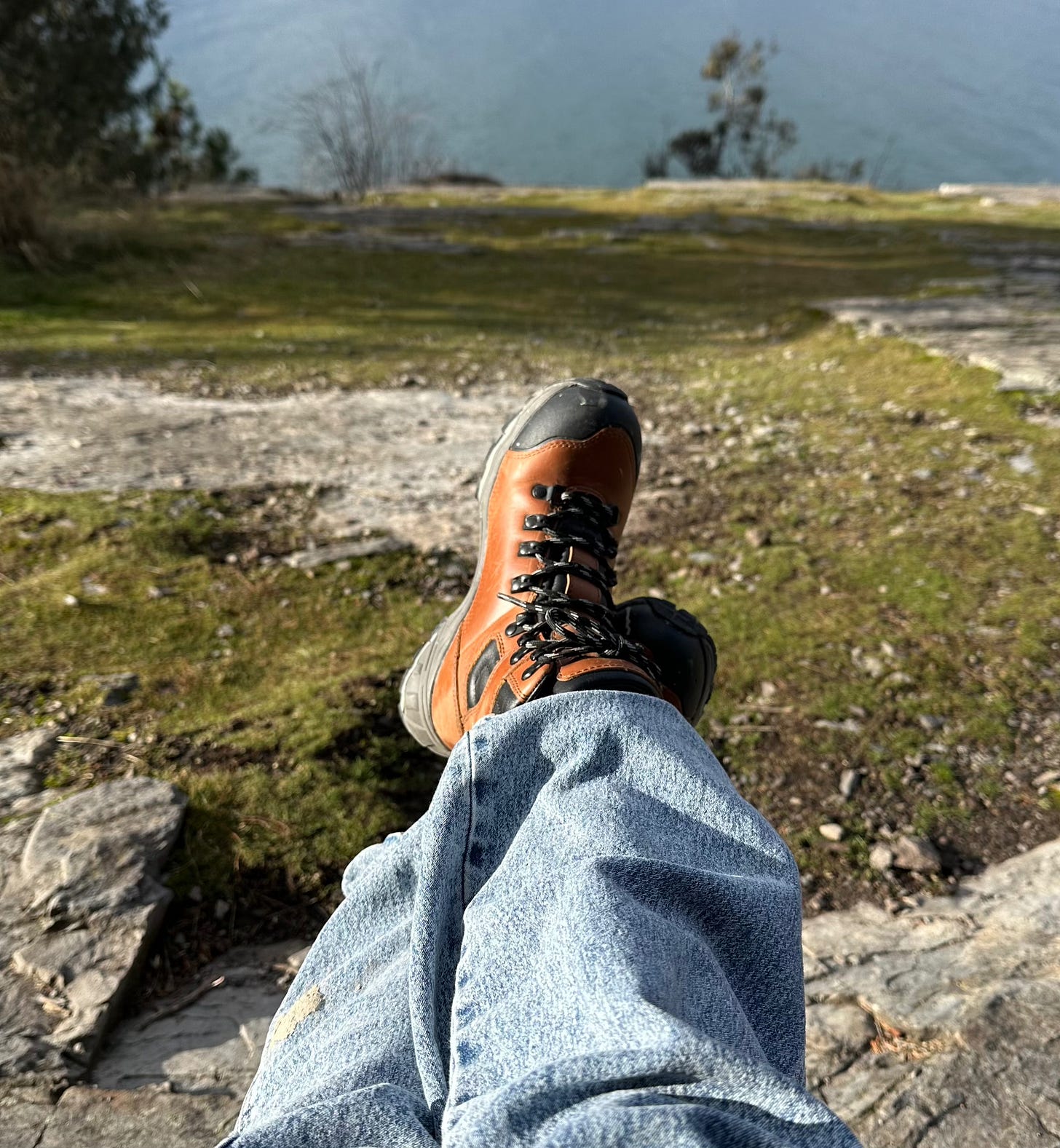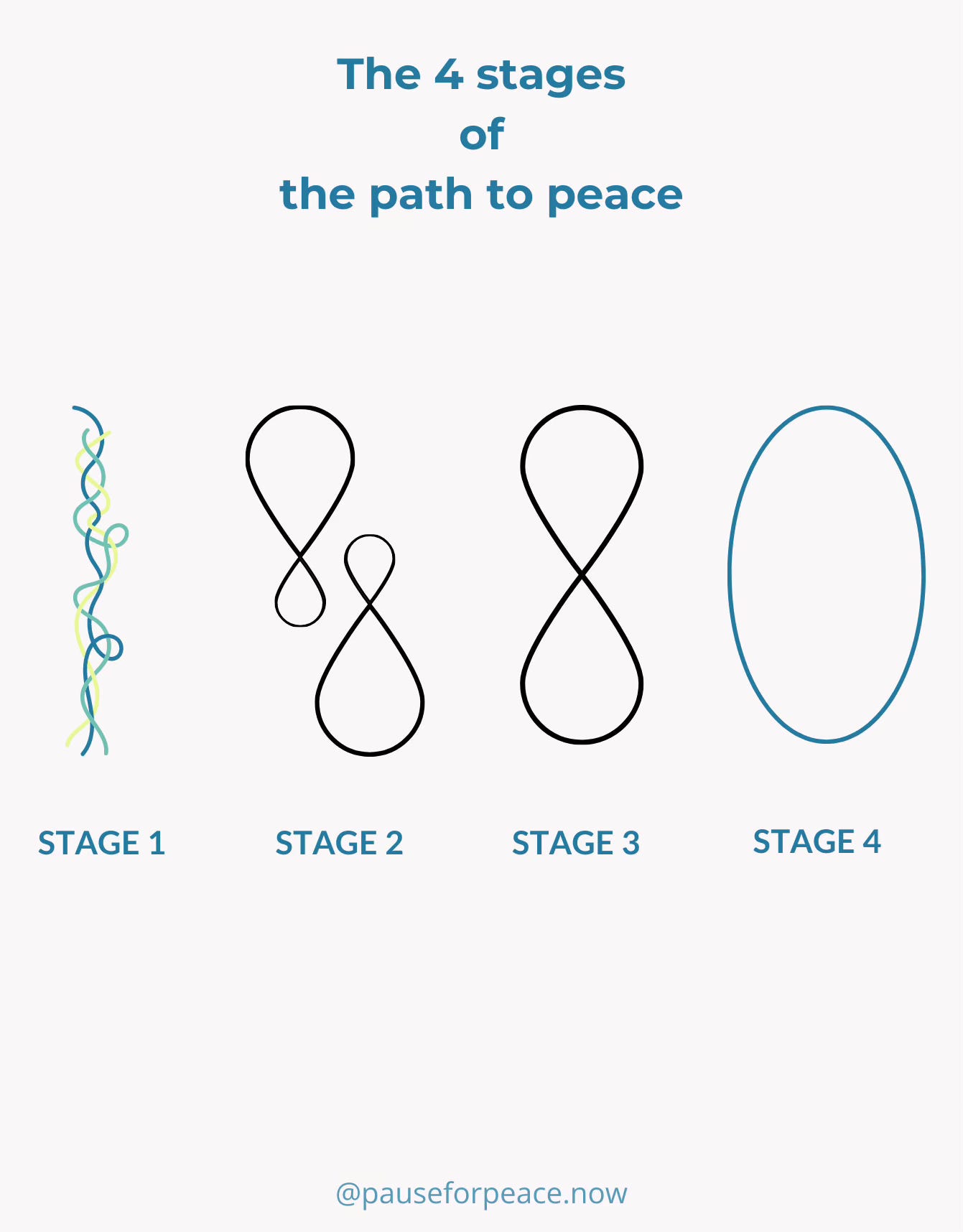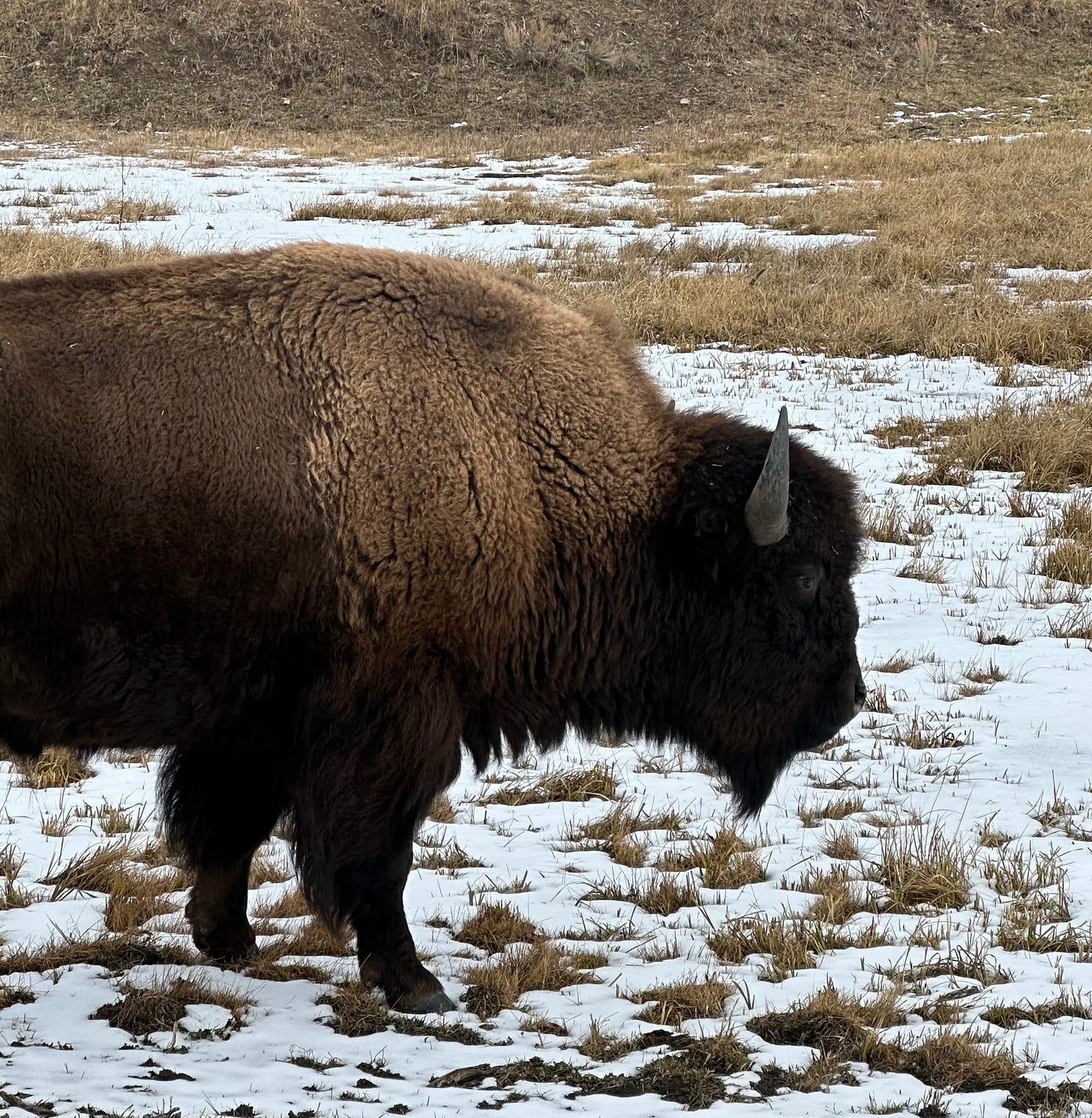If you’ve been in health, wellness, or personal development spaces you’ve probably heard someone wax poetic about the importance of “acceptance” and “letting go.” I’ve also written about the power of acceptance, but what do those terms really mean?
Isn’t chilling out with a beverage and some TV a way to let go of the stress of the day?
What about taking a walk or resting your feet for a few moments? Is that a disconnect from all you need to do or a way to recenter?
I’d like to share two stories the demonstrate the difference between letting go and disconnecting.
They include some of the best meditation teachers I’ve ever had in my 25 years of experience . . .
Give the horse its head
Have you heard that expression before? It’s not so common, anymore. Back when people used horses for transportation, more people understood what it meant to give the horse its head.
Whether or not you ride horses, think about it for a moment.
Is the rider supposed to control or dominate each moment with the horse, or is it a conversation between equals?
When might a rider give control to the horse? Does it make sense to do it in a dangerous situation or a relaxed one?
It might be different than you think...
My last fall happened years ago.
Not while jumping or going fast. During the cool down walk. We’d had a great lesson and I was riding outside with another rider, just walking around the barn casually chatting when my horse spooked at a sound.
But at the same time we both realized there was nothing to fear, she slipped on the pavement and we both fell.
Thankfully, we were both fine - probably because she was actually a pony and didn’t have far to fall. And I was wearing a helmet. But I spoke with a friend for hours over the phone that night, just to make sure I sounded normal and wasn’t concused.
The opposite happened several years before, when I was in danger.
But in that situation I discovered I had to let go, give the horse its head.
Travel conmigo, a Argentina . . .
I was backpacking in the southern most part of Argentina, Ushuaia.
I traveled with an English friend I’d met in my study abroad in Córdoba, Argentina. She and I had both ridden before, but not regularly or recently. We decided to go on a trail ride anyway. In the US and UK, when you do a trail ride, you usually wear a helmet, sign a waiver, and you only walk. But in southern Argentina?
No helmets, no waivers - get on and go. We enjoyed galloping on the beach!
Beside my friend and I there were two families from Buenos Aires and the mood of the group of was jovial.
It was all fun and games, til the hill.
On another day, I wouldn’t have thought twice about this moderate, short slope. But it had rained heavily the day before, and I could see how slick the mud was.
Anyone’s horse could easily slip, fall, or slide into the other horses.
The mood of the group was still spirited, the guides started down the hill without concern. A few other riders followed, but I hesitated.
I was getting worried because my riding was rusty, and this looked technical. I doubted my ability, and in hindsight, that doubt was correct.
I didn’t have the knowledge or balance to ride skillfully down a muddy hill.
I was starting to get scared, wondering how to do this ride. I didn’t want to fall.
But before I got too frightened, something happened.
Somehow, in a moment of unexpected wisdom, I realized I could trust the horse.
This horse had gone down this hill many times. It knew more about this land than I did! It knew how to move its body in mud. I had to stop thinking.
I had to let go - give the horse its head.
Scary as it was, I stopped trying to ride or direct the horse in any way.
Rather than get tight and “ride hard,” like my mind wanted me to do, I relaxed my body as much as possible. I loosened the reins so the horse could have full and free movement of its head.
And we got to the bottom of the hill without a slip or single misstep.
The only thing that got rattled were my nerves.
Unexpected Peace
In terms of my framework, 4 Stages of Peace, when I gave the horse its head, I moved from Stage 1 Chaos to Stage 3 Balance.
My head wanted to “figure out” the ride, a classic Stage 1 reaction. My heart knew I had to stop thinking, and trust.
Feeling divided between head and heart/emotions is Stage 2.
Letting go was how I got to Stage 3.
I didn’t become instantly blissful or perfectly calm. Adrenaline was still pumping through me. But in choosing to let go of my control and trust the horse, I became calm enough to stay safe.
The Difference of Disconnecting
So why did I fall off years later when the pony was walking calmly on a flat surface?
(Or why did that pony spook at a less dangerous situation when the horse actually in the dangerous, muddy situation remained completely calm . . . oh ponies!)
After my fall, I walked back into the arena to tell the instructor. She rolled her eyes and said most falls happen during the cool down ride. Why?
Riders, and the horses, feel like they are “done for the day” during the cool down. Everything gets relaxed, including attention.
It’s easy for riders to disconnect when everything seems fine, flat, safe.
But in hindsight, that pony I was riding was always a little spooky, which I knew from previous rides on her. It wasn’t wise to totally drop my attention the way I did when we were walking around the barn.
Maybe it was adrenaline, or a divine aid, that helped me see clearly in Argentina that I had to stop thinking and let my body follow the horse. I relaxed my body, and the reins, but remained highly alert - aware.
Note, there are times when the correct answer in a dangerous situation with a horse is to tighten the reins and drive forward fast, without hesitation. It’s so complex with horses, I can’t give advice through an article, so please don’t read this as a “how to” horse manual.
It’s about learning from the stories. So let’s pause for a moment of reflection and bring it back to you.
Letting Go vs Disconnecting
I want to be perfectly clear that every Wednesday I meet with a neighbor to watch a realty TV show. We take turns cooking dinner and enjoy speculating on who will get voted out. To me, that’s a great way to let go of stress from the week.
But if I watch that same show alone, several episodes in a row while I’m also zoning out on my phone . . . that’s a numbing behavior.
Letting go often involves an element of trust - I trust, hope, pray, believe things will work out. I know I’ve done or am doing my best and choose to not let worries control me.
Disconnecting involves blocking out, zoning out, waiting til later to think about/do the scary things. But the stress and scary things don’t actually go away, they still control your thinking and actions on a subtle level.
That’s what I’ve observed about the difference between letting go but staying aware and disconnecting.
What about you?
If you’d like a meditation to help you stay grounded as you practice letting go, try this 14 minute secular mediation I recorded in Yellowstone National Park.
Reflection Qs:
When you have a problem or reach a fork in the road, do you try to solve it with your head first and only your head, or do you pause, breathe, and try to feel through the problem?
Do you feel any disconnect between your body and head/brain? Does it seem like one needs to or tries to control the other, or like there’s a friendly conversation and trust between the two?
Do you have any disconnecting behaviors like using substances, binge watching, overeating, overly self-critical? Is it possible to replace one of those with a centering behavior, ie taking a walk, cooking a nice meal, speaking with a nice person, sitting under a tree?
How can you be kind to your body this week?
Thanks so much for some of your precious time and attention today! Please subscribe to get more stories and tips on peace, mindfulness, and meditation.
In peace,
Juniper
Acknowledgments
This writing and all the images and video came from Juniper McKelvie and were produced in Montana, on the ancestral homelands of the Bitterroot Salish, Upper Pend d’Oreille, the Kootenai, and the Blackfeet First Nations; and in Wyoming, on land that is sacred to at least 27 First Nations; and in Colorado on the ancestral homelands of the Ute, Arapaho, and Cheyenne First Nations.
I’m deeply grateful to the many generations of First Nations peoples who carefully preserved these beautiful landscapes and the diversity of plants, animals, people, and ecosystems.
4 Stages of the Path to Peace design and concept by Juniper McKelvie.
Image of 4 Stages of the Path to Peace created by Kiana Hamel.










